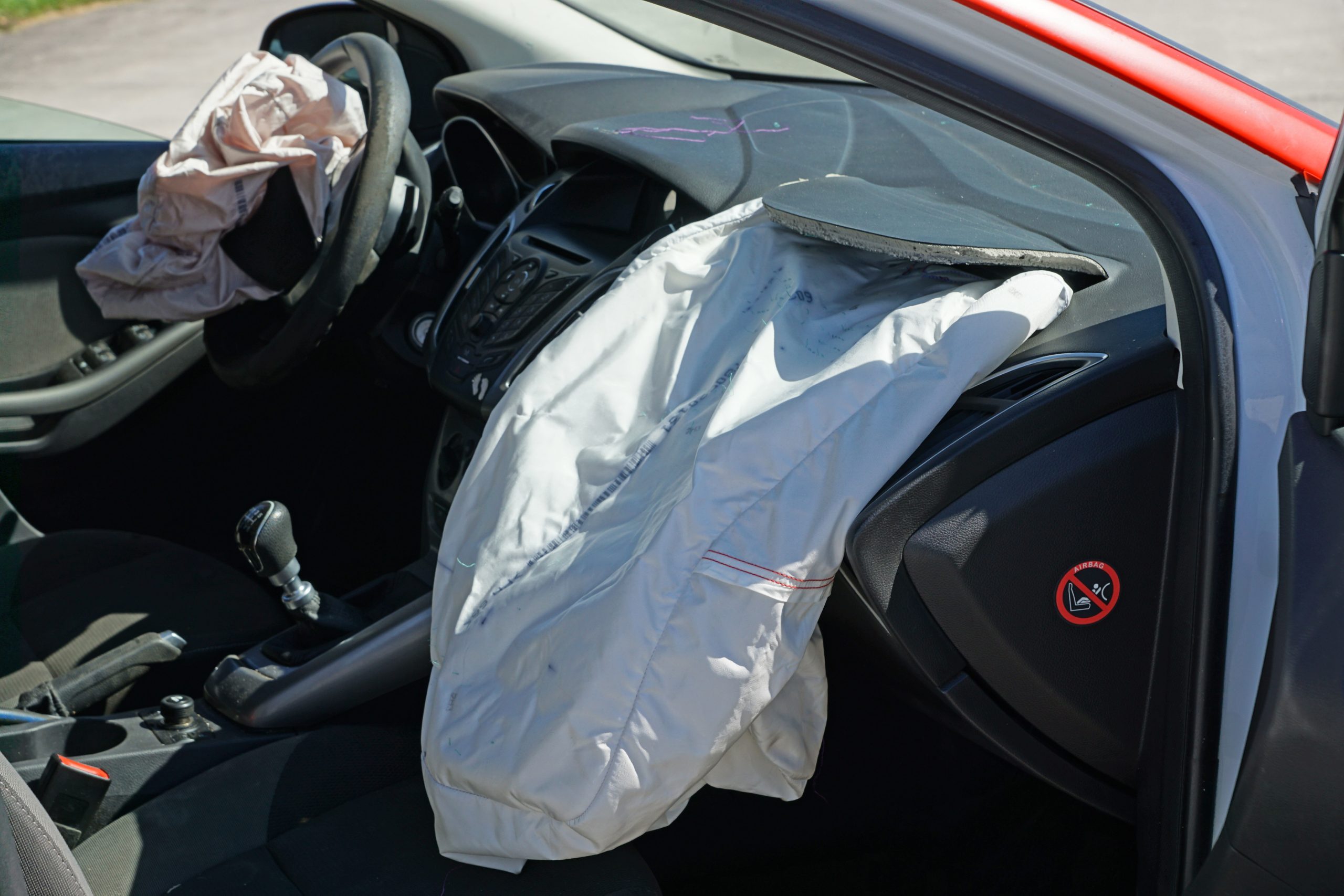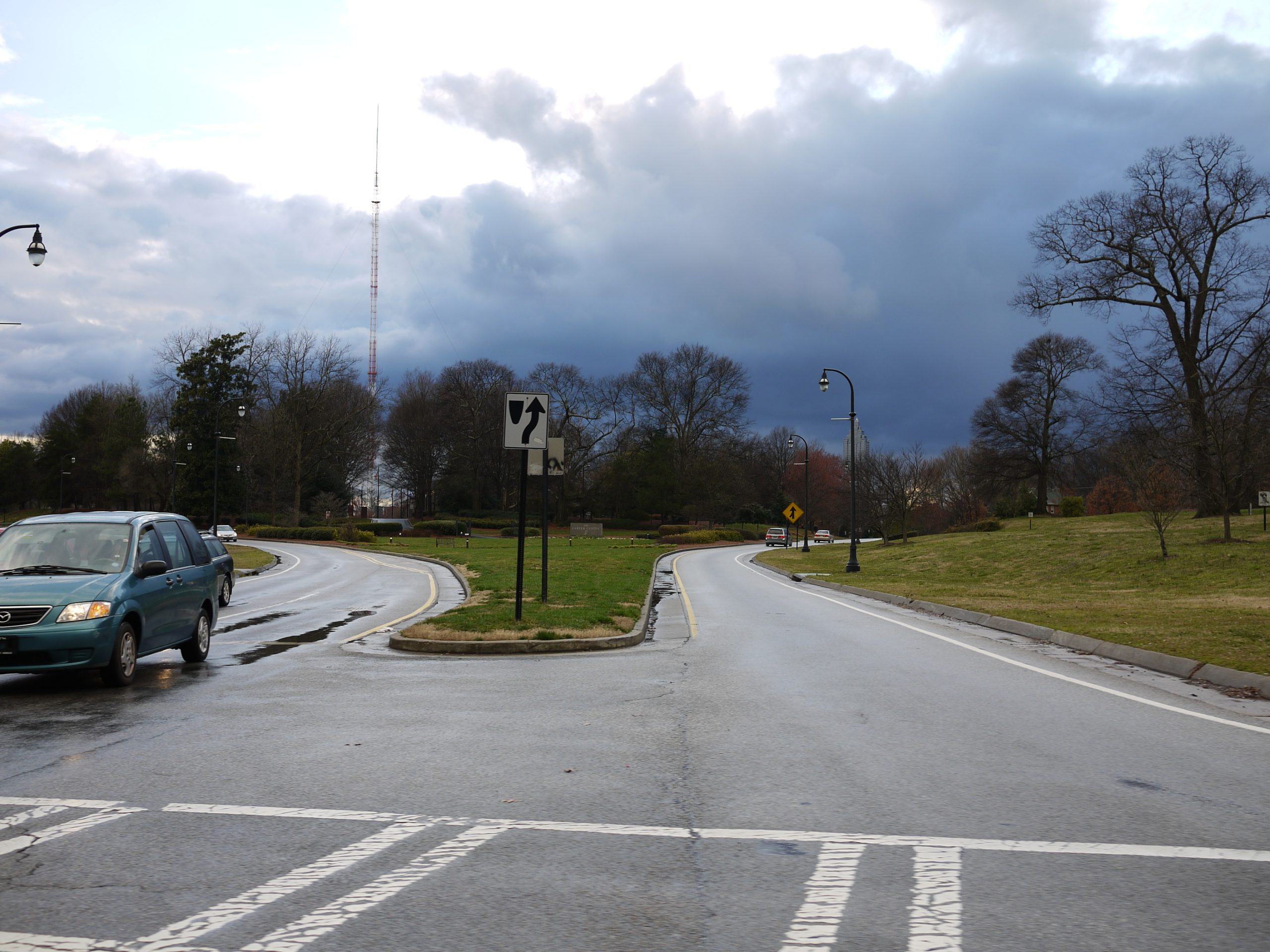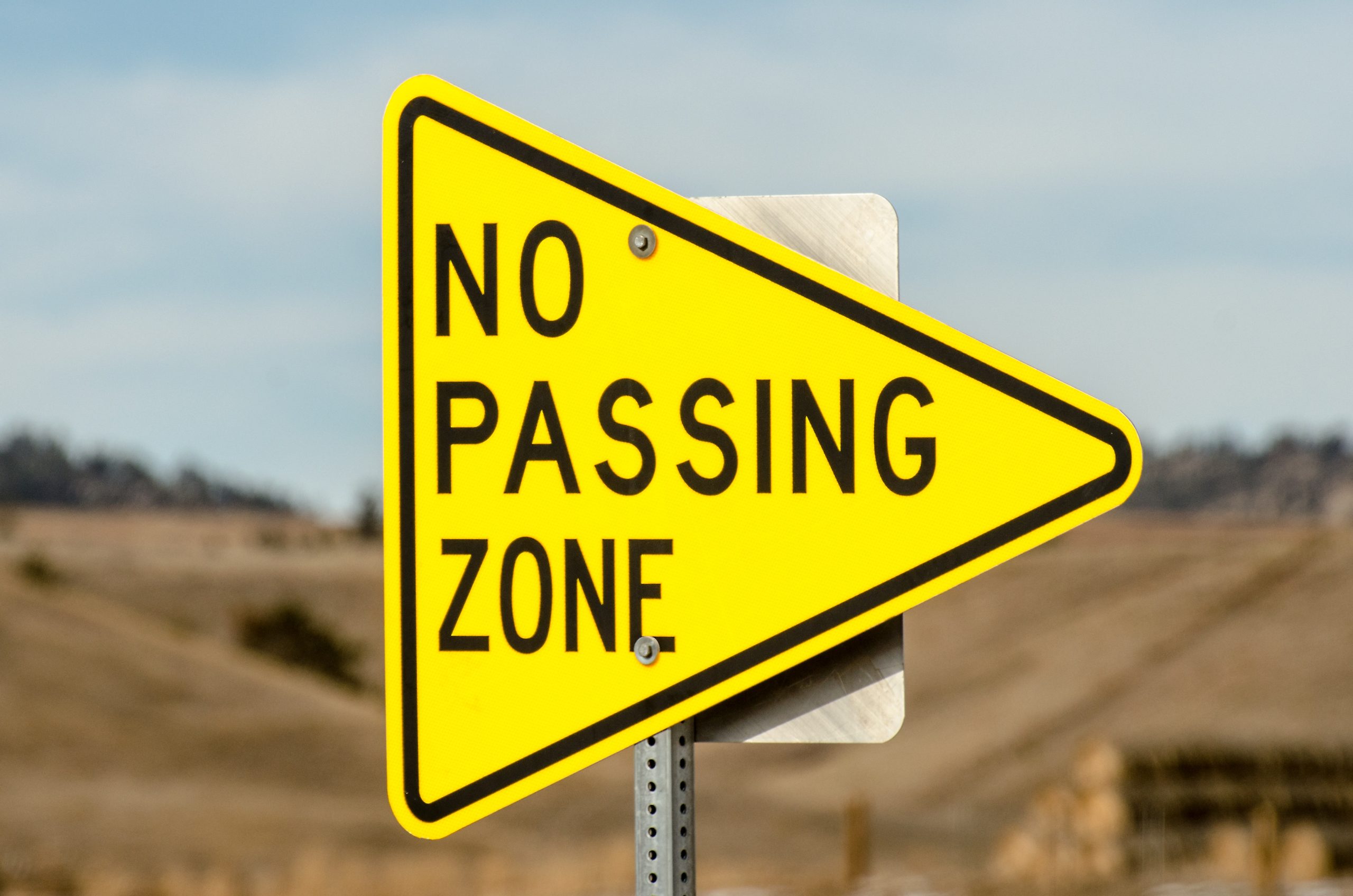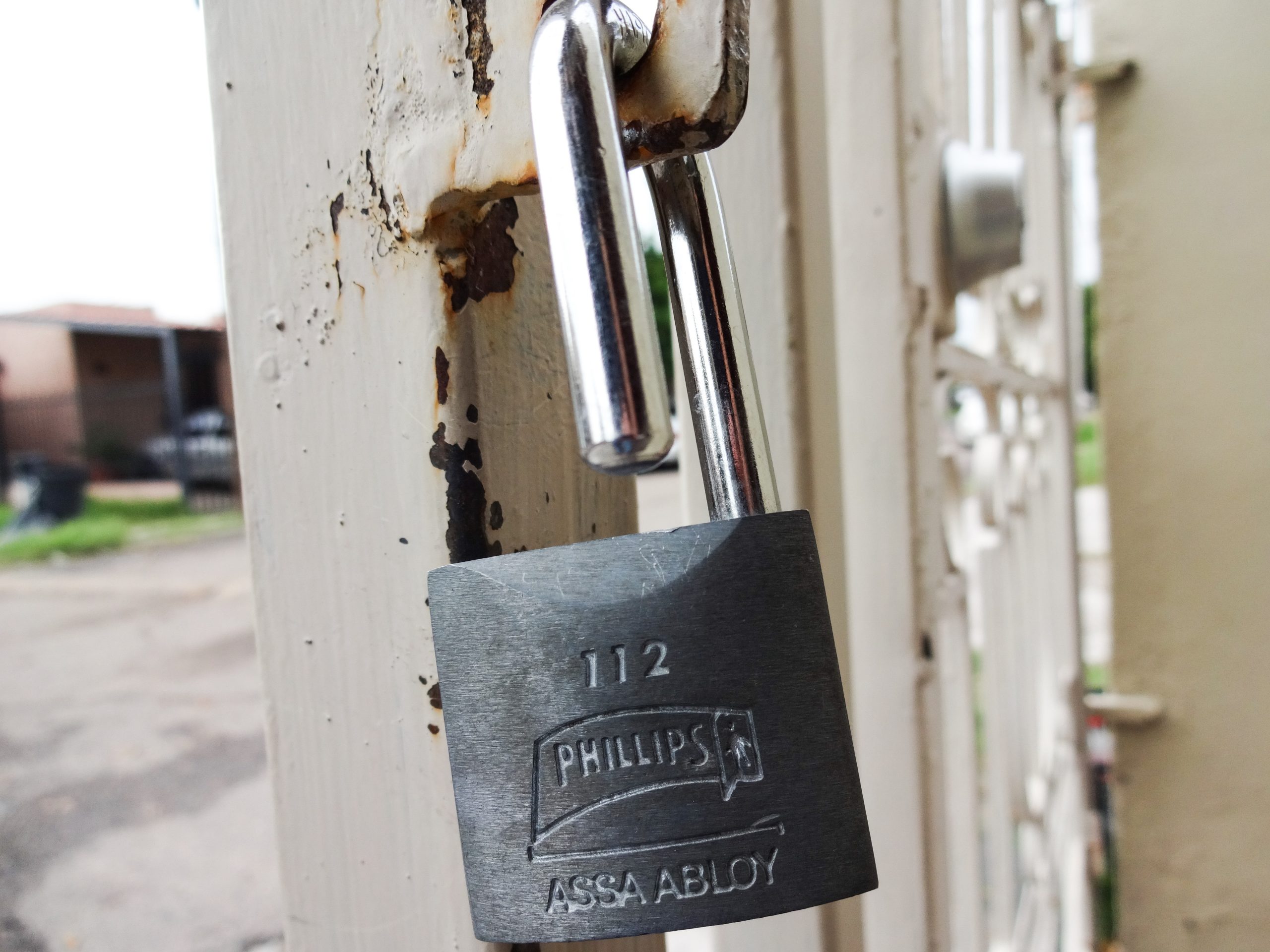Like many states, Louisiana has an unfair trade practices act. In Louisiana, it is known as the Louisiana Unfair Trade Practices and Consumer Protection Law. Just as the name implies, this law is meant to protect consumers from the unfair, misleading, or fraudulent acts of those provide services, goods, and financing. Any contract or agreement entered into in violation of this law is void. However, the Louisiana Unfair Trade Practices and Consumer Protection Law (“Law”) has a serious limitation; it does not apply to a financial institution that is federally insured, including most banks and lending institutions.
The Law’s limitation means that an average mortgage arrangement from a large or national financial institution will not be affected by the protection that the Law affords. The United States Court of Appeals for the Fifth Circuit provides an example of this exception in a recent decision. In that case, a woman arranged for a home mortgage through Bank of America. Bank of America then assigned the mortgage to Wells Fargo. Both of these companies are large financial institutions that are federally insured.
When the woman defaulted on her mortgage, Wells Fargo sought to foreclose on her home. She applied for assistance from a federal government program called Home Affordable Modification Program (“HAMP”) during the foreclosure process. HAMP is designed to help modify mortgages for those who are in foreclosure proceedings so that they can keep their homes and pay a more affordable monthly payment. While the woman’s HAMP application was pending, the foreclosure proceeding was supposed to be put on hold. However, despite this application, her home was sold at a foreclosure sale before she received word back from HAMP to determine whether he application had been approved. She also claimed that she did not receive notice of the sale. Essentially, she argued that her home was sold out from under her without her knowledge.
She attempted to sue both Bank of America and Wells Fargo. She argued that Bank of America should not have allowed Wells Fargo to purchase the mortgage. She also argued that the foreclosure proceedings violated the Louisiana Unfair Trade Practices and Consumer Protection Law. However, the state court determined that even if they did violate the Law, the Law did not apply to them because of the financial institutions exception.
After a loss in state court, the woman appealed the case to the federal district court. However, the district court pointed out that it cannot sit as a court of appeals for state-exclusive actions. That means that the federal district court cannot hear a case where the only arguments are based on state law. Instead, a district court can only hear a case where there is some sort of federal jurisdiction based on either federal law or involves parties from different states, unless Congress has authorized the district court to act otherwise. Nonetheless, where a case questions the procedures of the state court, instead of applying substantive state law, then the federal court could hear the case. For example, if the woman argued that he procedure violated her constitutional rights, then the district court would likely be able to hear the case. This concept is known as the Rooker-Feldman doctrine. As the court explains, “Reduced to its essence, the Rooker-Feldman doctrine holds that inferior federal courts do not have the power to modify or reverse state court judgments except where authorized by Congress.”
In this case, the woman complained that the proceedings in the state court were incorrect; therefore, she was not just asking the district court to review the state court decision. As a result, the district court had the authority to review the case. Despite that fact, the woman failed to state a claim because both Bank of America and Wells Fargo are federally insured financial institutions that are not subject to the Louisiana Unfair Trade Practices and Consumer Protection Law. That meant that the Court of Appeals had to affirm the lower court, and the woman failed in her efforts to appeal.
It may have been possible to assert other arguments based on federal law, but the woman failed to do so. In fact, there were several arguments that the woman waived because she failed to timely assert them. In an appeal, if you do not assert every argument that you have in your opening brief, then you effectively lose the ability to use that argument at any point in the rest of the appeal. In this case, this may have been crucial to the woman’s case because she failed on the arguments that she presented originally (the state law claims). That point highlights the importance of competent attorneys who can argue effectively for you. Continue reading
 Aleashia Clarkston’s employment with the Iberia Parish School Board was terminated in April 2013 after she was accused of abusing the school’s Leave of Absence policy. She had been on medical leave since September 2012. Clarkston objected to what she believed was a wrongful termination. In addition, she claimed she was denied due process rights as a tenured employee.
Aleashia Clarkston’s employment with the Iberia Parish School Board was terminated in April 2013 after she was accused of abusing the school’s Leave of Absence policy. She had been on medical leave since September 2012. Clarkston objected to what she believed was a wrongful termination. In addition, she claimed she was denied due process rights as a tenured employee.  Insurance Dispute Lawyer Blog
Insurance Dispute Lawyer Blog


 It’s a common scenario: a potential buyer visits a car lot, finds a vehicle he’d like to test drive, and heads out onto the road with the salesperson in the passenger seat. What happens, though, if an accident occurs during the test drive? Suppose the potential buyer loses control of the vehicle while driving — who is responsible for injuries and property damage that result?
It’s a common scenario: a potential buyer visits a car lot, finds a vehicle he’d like to test drive, and heads out onto the road with the salesperson in the passenger seat. What happens, though, if an accident occurs during the test drive? Suppose the potential buyer loses control of the vehicle while driving — who is responsible for injuries and property damage that result? Lawsuits resulting from car accidents can raise many difficult questions. Determining the precise events that led to an accident can be complicated and require courts to make close calls about witnesses’ credibility. Furthermore, parties may question whether they are entitled to certain damages if they prevail in their lawsuit. These questions arose in a lawsuit involving a car accident in Monroe, Louisiana.
Lawsuits resulting from car accidents can raise many difficult questions. Determining the precise events that led to an accident can be complicated and require courts to make close calls about witnesses’ credibility. Furthermore, parties may question whether they are entitled to certain damages if they prevail in their lawsuit. These questions arose in a lawsuit involving a car accident in Monroe, Louisiana.  Car accidents are unfortunate but commonplace occurrences in modern life. The resulting lawsuits can involve complicated arguments over the allocation of fault between the drivers involved and the appropriate amount of damages awarded by the Court. Such questions arose in a lawsuit involving a car accident in Ouachita Parish, Louisiana.
Car accidents are unfortunate but commonplace occurrences in modern life. The resulting lawsuits can involve complicated arguments over the allocation of fault between the drivers involved and the appropriate amount of damages awarded by the Court. Such questions arose in a lawsuit involving a car accident in Ouachita Parish, Louisiana.  As more and more aspects of our lives are conducted online, data breaches have become an increasingly troubling prospect. If you have been involved in a data breach, you have likely worried about potential adverse effects and the possibility that you could become a victim of identity theft. However, the mere fact that a person’s information is compromised in a data breach does not necessarily mean victory in a lawsuit for damages.
As more and more aspects of our lives are conducted online, data breaches have become an increasingly troubling prospect. If you have been involved in a data breach, you have likely worried about potential adverse effects and the possibility that you could become a victim of identity theft. However, the mere fact that a person’s information is compromised in a data breach does not necessarily mean victory in a lawsuit for damages.  Getting fired from a job can be devastating for anyone, and getting fired from a job unjustly is even worse. You may believe that if you are wrongfully terminated, you are entitled to all the costs, including attorney’s fees, that you incur in any legal action you take against your employer. However, the law is not always based on our notions of what is fair, as one resident of Plaquemines Parish learned in her efforts to get her job back.
Getting fired from a job can be devastating for anyone, and getting fired from a job unjustly is even worse. You may believe that if you are wrongfully terminated, you are entitled to all the costs, including attorney’s fees, that you incur in any legal action you take against your employer. However, the law is not always based on our notions of what is fair, as one resident of Plaquemines Parish learned in her efforts to get her job back.  Losing a loved one is an obviously devastating experience. Possessions left to the surviving family members cannot take the grief away but can prohibit an entire upheaval for the survivors. It is critical that an excellent attorney drafts the will and handles the probate process for the sake of those survivors.
Losing a loved one is an obviously devastating experience. Possessions left to the surviving family members cannot take the grief away but can prohibit an entire upheaval for the survivors. It is critical that an excellent attorney drafts the will and handles the probate process for the sake of those survivors.  Car accident cases often involve conflicting stories from each person involved, as no one generally wants to admit fault. When these cases get brought to court, the court must decide which party is telling the truth. The following case examines how a court determines the credibility of two individuals involved in a motor vehicle accident in Caddo Parish.
Car accident cases often involve conflicting stories from each person involved, as no one generally wants to admit fault. When these cases get brought to court, the court must decide which party is telling the truth. The following case examines how a court determines the credibility of two individuals involved in a motor vehicle accident in Caddo Parish.  Before purchasing motor vehicle insurance, it is vital to fully understand what the policies will cover. For instance, some policies may not cover your medical bills if you were involved in a single-vehicle accident. Understanding what is covered and what is not may help you avoid legal action in the future.
Before purchasing motor vehicle insurance, it is vital to fully understand what the policies will cover. For instance, some policies may not cover your medical bills if you were involved in a single-vehicle accident. Understanding what is covered and what is not may help you avoid legal action in the future.